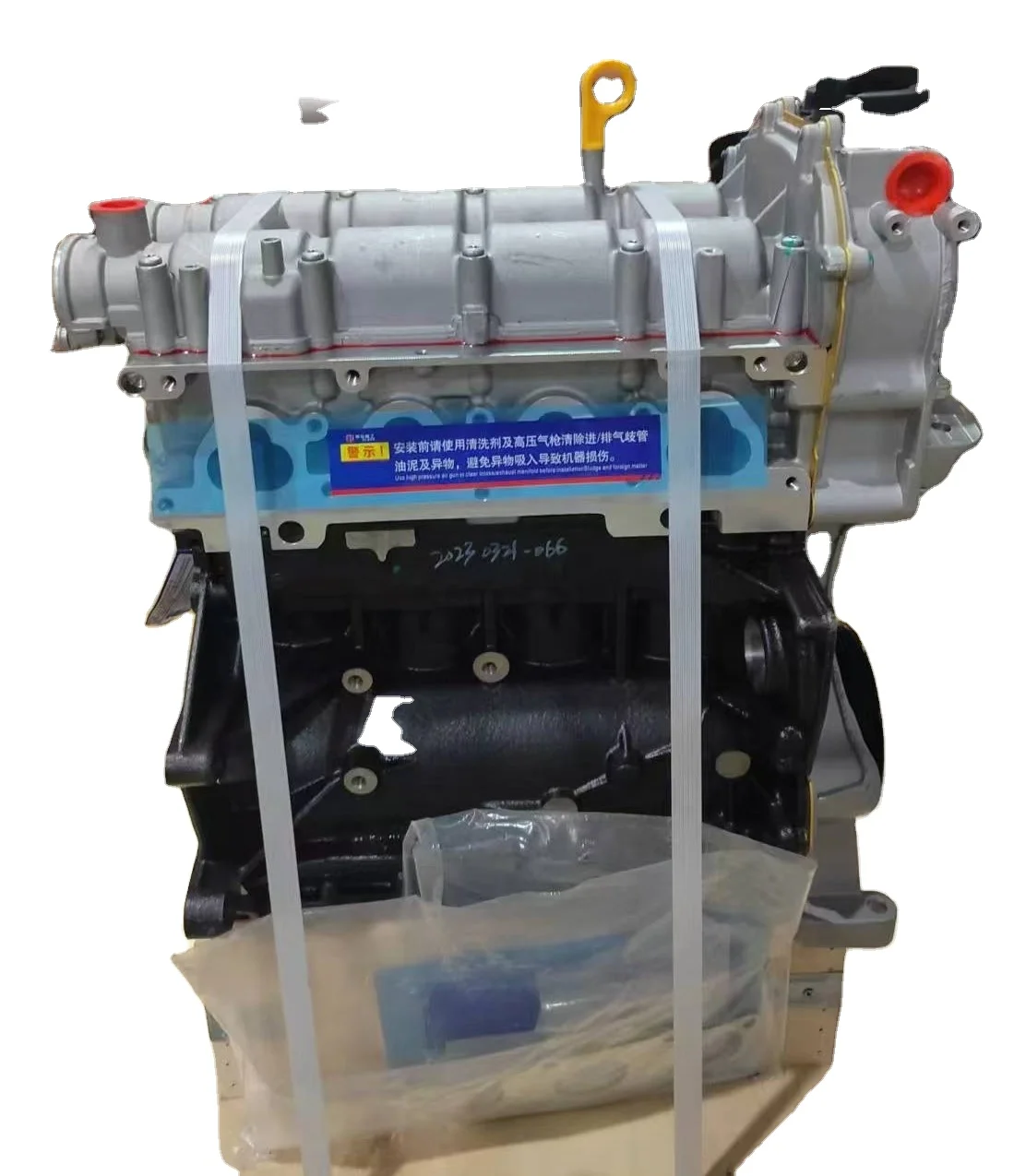Rely on a premium clp engine for heavy-duty use.
Rely on a premium clp engine for heavy-duty use.
Blog Article
Just How a Clp Engine Can Enhance Performance in Different Industries
The advent of CLP engines marks a considerable shift in operational effectiveness across numerous fields, driven by their capacity to maximize fuel consumption and minimize downtime. As companies progressively prioritize sustainability along with effectiveness, the duty of CLP engines becomes also a lot more crucial.
Overview of CLP Engines
CLP engines, or Continual Liquid Propellant engines, represent a considerable advancement in propulsion modern technology, specifically for space applications. These engines use a continual feed system that allows for the sustained expulsion of propellant, resulting in enhanced performance and performance contrasted to traditional strong or hybrid propulsion systems. By maintaining a consistent circulation of liquid propellant, CLP engines can achieve more precise thrust control, which is critical for steering spacecraft in numerous mission scenarios.
The layout of CLP engines incorporates sophisticated products and ingenious gas administration systems. clp engine. This results in decreased weight and increased integrity, important variables for long-duration room missions. Moreover, the continual procedure lessens the danger of burning instability, a common difficulty in conventional rocket engines.

Advantages in Production
The manufacturing of Continuous Fluid Propellant (CLP) engines presents several significant benefits that improve both effectiveness and cost-effectiveness. One of the key benefits is the streamlined manufacturing process, which decreases the complexity connected with conventional propulsion systems. By using liquid propellant, manufacturers can accomplish higher accuracy in engine performance, leading to optimized power result and decreased waste.
In addition, CLP engines assist in a higher degree of modularity, permitting for simpler combination into different production lines. This adaptability can considerably lower lead times and boost overall functional flexibility. Using CLP innovation additionally often tends to minimize the demand for substantial maintenance due to fewer relocating parts, which converts right into reduced downtime and operational costs.

Applications in Logistics
Leveraging Continuous Liquid Propellant (CLP) engines in logistics supplies considerable benefits in functional efficiency and dependability. These engines provide a robust remedy for numerous transport requirements, allowing the seamless movement of products across substantial distances. The intrinsic design of CLP engines enables constant power result, which translates right into smoother and a lot more foreseeable transportation routines.
Among the essential applications of CLP engines in logistics is in durable freight transport, where they can drive both ground and airborne lorries. Their ability to maintain high efficiency under differing load conditions ensures that shipment timelines are met, thus enhancing client fulfillment. Additionally, CLP engines can be integrated right into automated logistics systems, assisting in real-time monitoring and maximizing path preparation.
In addition, the longevity of CLP engines lowers maintenance downtime, permitting logistics business to optimize their operational capabilities. This is specifically helpful in warehousing procedures, where performance in handling and transporting items is important. As logistics remains to develop, the integration of CLP engines represents a forward-thinking strategy that find more info not only enhances efficiency but also sustains the market's growing demands for reliability and speed.
Impact on Energy Performance
How do Continuous Liquid Propellant (CLP) engines improve energy performance in transport? CLP engines make use of a constant circulation of liquid fuel, optimizing burning processes and maintaining a steady thrust output. This style reduces power losses related to standard burning engines, where fuel delivery can differ and cause ineffectiveness.
The constant operation of get more CLP engines permits a much more effective thermal cycle, leading to higher specific impulse compared to conventional engines. clp engine. This converts to lowered gas usage for the exact same quantity of work done, substantially decreasing operational costs throughout numerous transportation fields, including aviation and maritime industries
Furthermore, the capacity of CLP engines to maintain ideal efficiency under differing load problems decreases the demand for frequent velocity and slowdown, better improving gas effectiveness. Enhanced energy performance not just adds to cost financial savings however likewise leads to lower greenhouse gas exhausts, lining up with worldwide sustainability goals.
Future Trends and Innovations
Arising advancements in Continuous Liquid Propellant (CLP) engine innovation promise to reinvent the landscape of transportation efficiency and sustainability. As markets pivot towards greener alternatives, CLP engines stand at the leading edge, integrating innovative materials and style approaches that improve efficiency while minimizing ecological influence.
Among one of the most encouraging trends is the adoption of hybrid systems that integrate CLP engines with renewable resource sources. This harmony can optimize gas intake and decrease discharges, straightening with worldwide sustainability objectives. Developments in computational liquid characteristics (CFD) are like this assisting in the layout of even more aerodynamically efficient engines, leading to minimized drag and improved gas effectiveness.
Additionally, the development of wise monitoring systems is set to enhance functional performances. These systems take advantage of data analytics and IoT innovation to maximize engine performance in real-time, making sure that the engines run within their most reliable specifications.
As research proceeds to explore different propellant formulas-- such as biofuels and synthetic gas-- the future of CLP engines looks appealing. By using these developments, sectors can not just improve their efficiency but also contribute dramatically to a cleaner, much more sustainable future in transport.
Conclusion
In final thought, CLP engines represent a substantial improvement in efficiency across several industries. The integration of innovative products and fewer relocating components reduces upkeep requirements, while alignment with sustainability objectives positions CLP engines as a critical innovation for the future.
Report this page